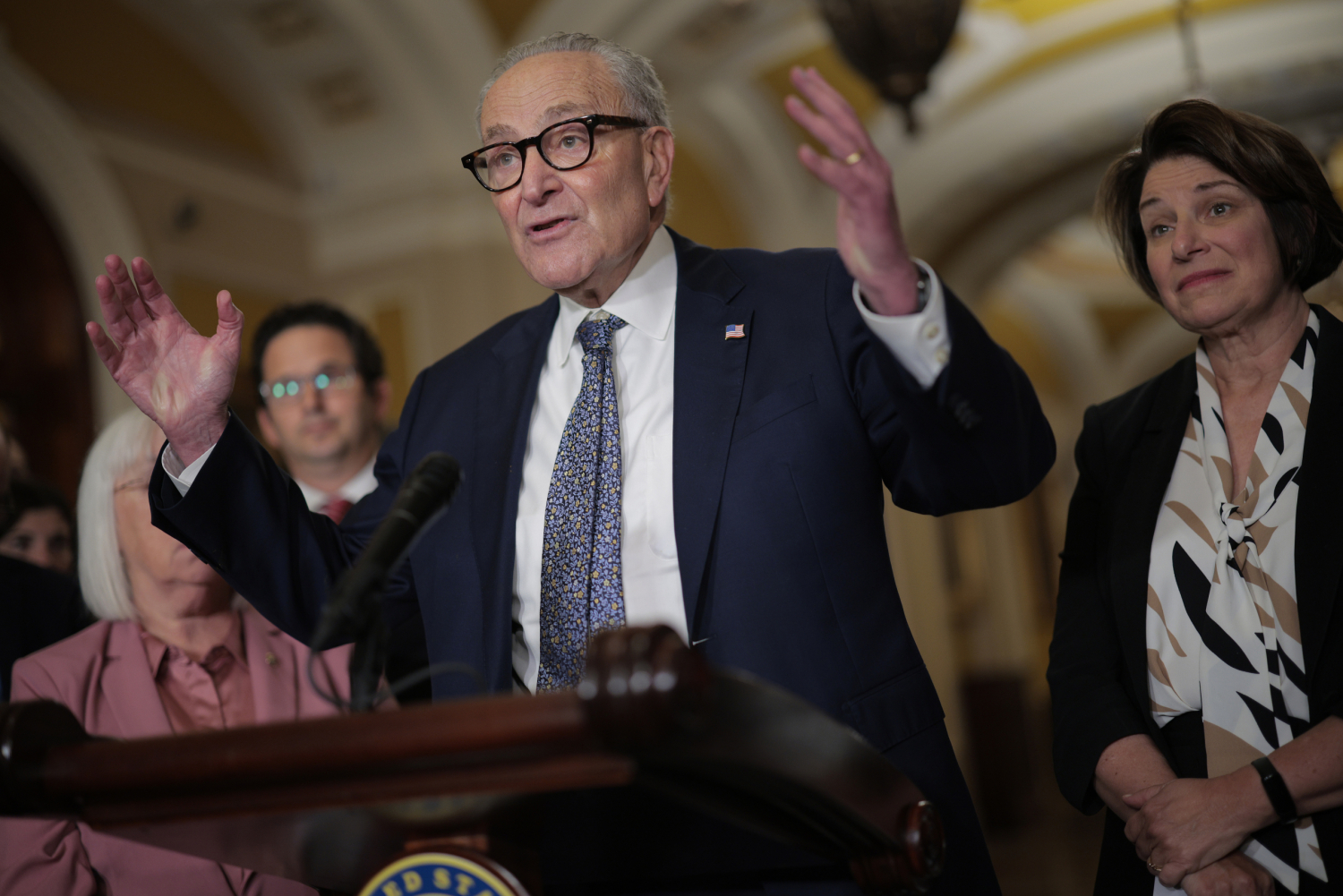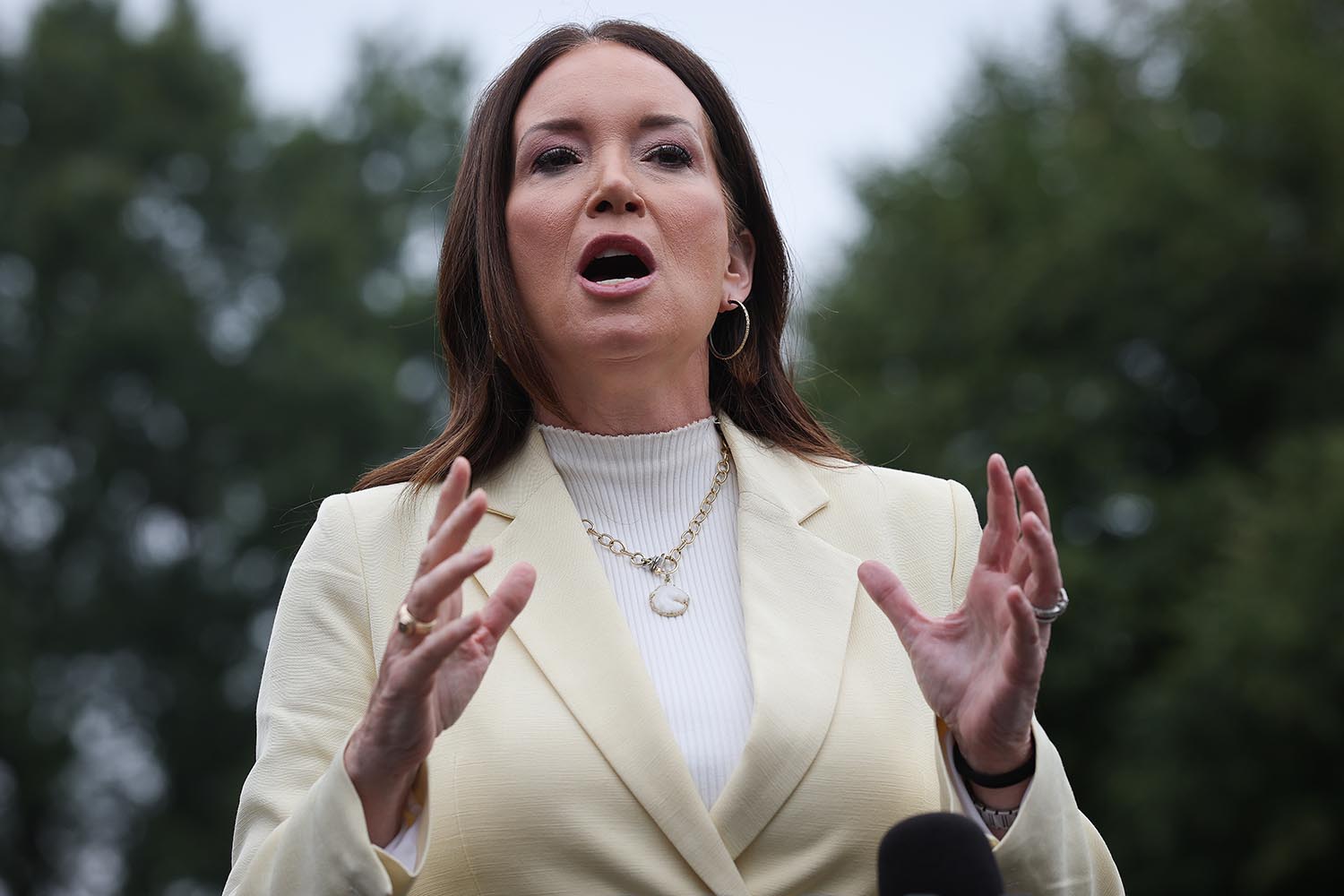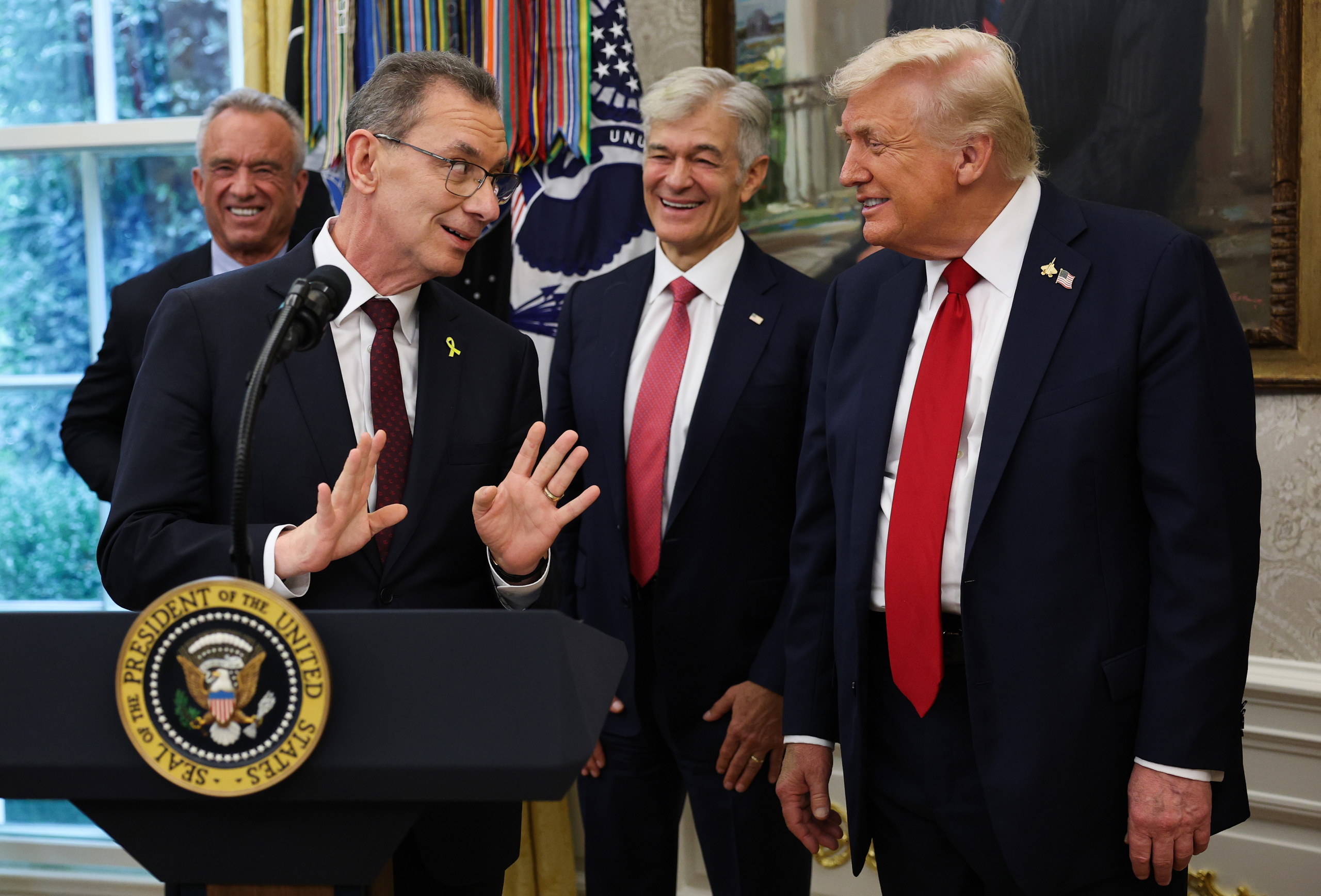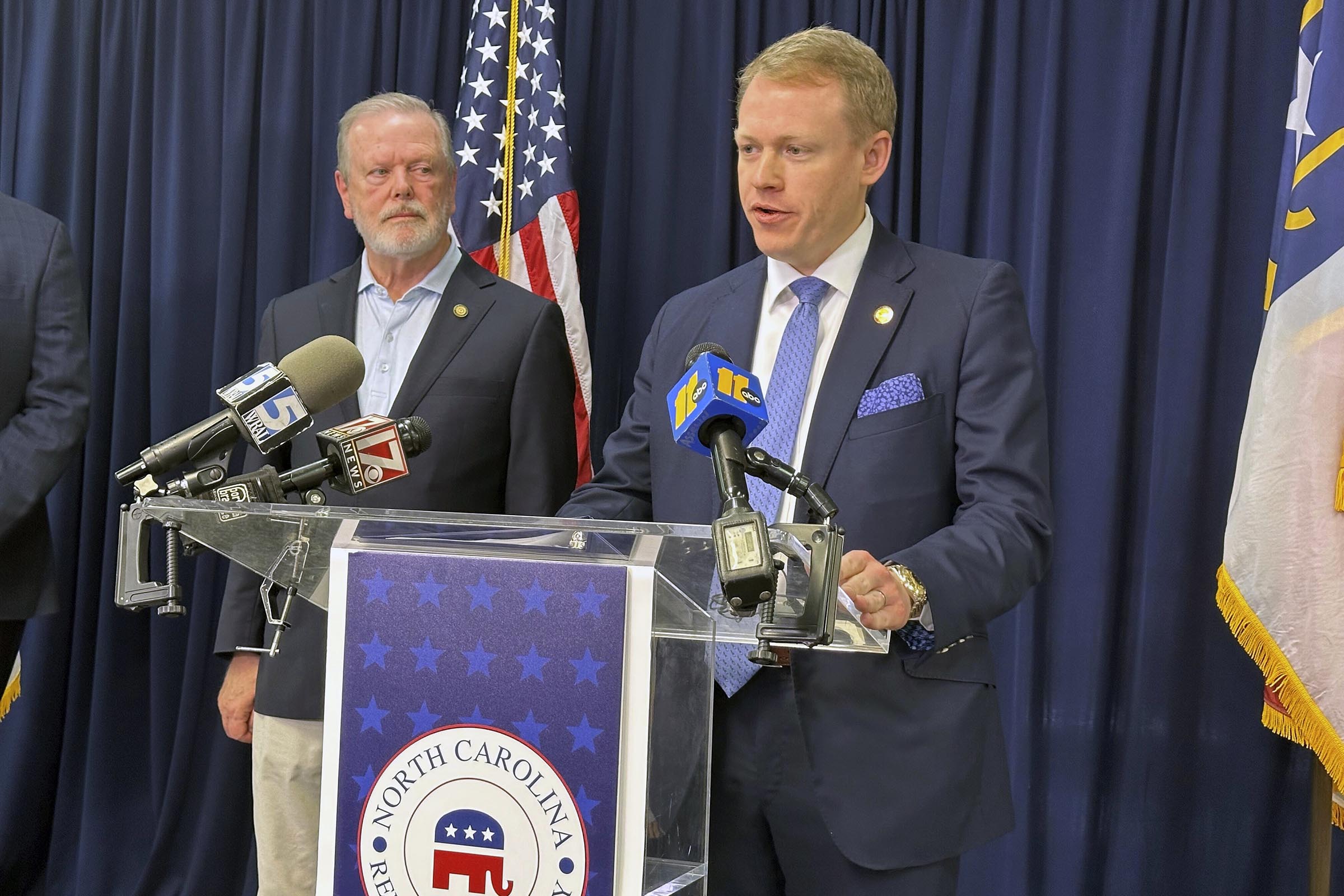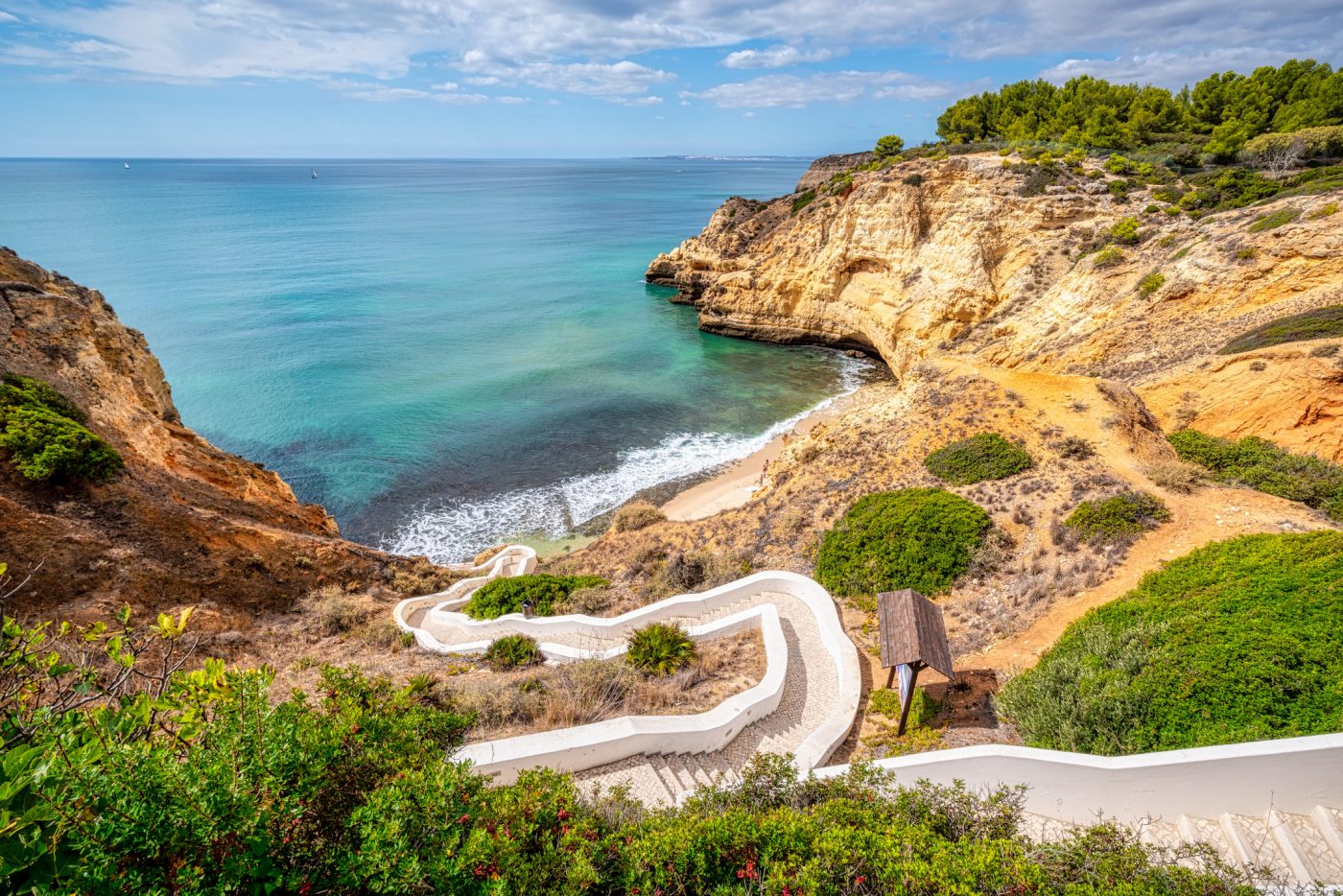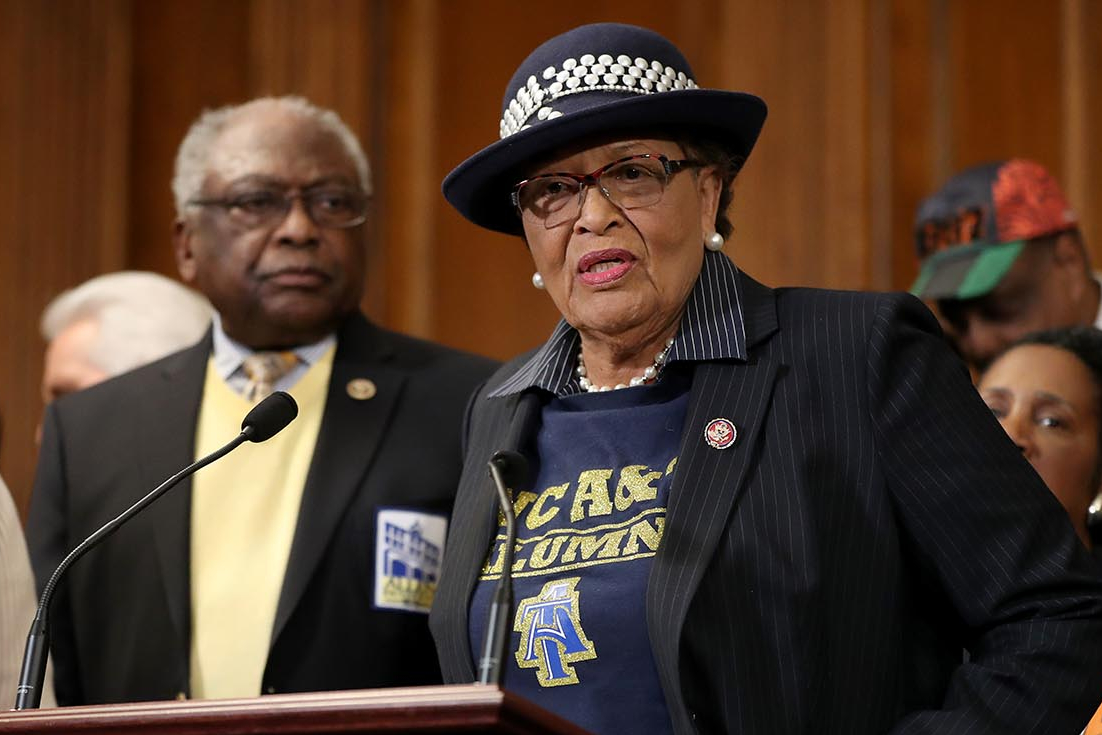By MARY CLARE JALONICK, LISA MASCARO and STEPHEN GROVES Associated Press
WASHINGTON (AP) — Senate Democrats have voted down a Republican bill to keep funding the government, putting it on a near certain path to a shutdown after midnight Wednesday for the first time in nearly seven years.
The Senate rejected the legislation as Democrats are making good on their threat to close the government if President Donald Trump and Republicans won’t accede to their health care demands. The 55-45 vote on a bill to extend federal funding for seven weeks fell short of the 60 needed to end a filibuster and pass the legislation.
Senate Democratic Leader Chuck Schumer, D-N.Y., said Republicans are trying to “bully” Democrats by refusing to negotiate on an extension of expanded Affordable Care Act tax credits that expire at the end of the year.
“We hope they sit down with us and talk,” Schumer said after the vote. “Otherwise, it’s the Republicans will be driving us straight towards a shutdown tonight at midnight. The American people will blame them for bringing the federal government to a halt.”
The failure of Congress to keep the government open means that hundreds of thousands of federal workers could be furloughed or laid off. After the vote, the White House’s Office of Management and Budget issued a memo saying “affected agencies should now execute their plans for an orderly shutdown.”
Threatening retribution to Democrats, Trump said Tuesday that a shutdown could include “cutting vast numbers of people out, cutting things that they like, cutting programs that they like.”
Trump and his fellow Republicans said they won’t entertain any changes to the legislation, arguing that it’s a stripped-down, “clean” bill that should be noncontroversial. Senate Majority Leader John Thune said “we can reopen it tomorrow” if enough Democrats break party lines.
The last shutdown was in Trump’s first term, from December 2018 to January 2019, when he demanded that Congress give him money for his U.S.-Mexico border wall. Trump retreated after 35 days — the longest shutdown ever — amid intensifying airport delays and missed paydays for federal workers.
Democrats take a stand against Trump, with exceptions
While partisan stalemates over government spending are a frequent occurrence in Washington, the current impasse comes as Democrats see a rare opportunity to use their leverage to achieve policy goals and as their base voters are spoiling for a fight with Trump. Republicans who hold a 53-47 majority in the Senate needed at least eight votes from Democrats after Republican Sen. Rand Paul of Kentucky opposed the bill.
Democratic Sens. John Fetterman of Pennsylvania and Catherine Cortez Masto of Nevada and Independent Sen. Angus King of Maine voted with Republicans to keep the government open — giving Republicans hope that there might be five more who will eventually come around and help end a shutdown.
After the vote, King warned against “permanent damage” as Trump and his administration have threatened mass layoffs.
“Instead of fighting Trump we’re actually empowering him, which is what finally drove my decision,” King said.
Thune predicted Democratic support for the GOP bill will increase “when they realize that this is playing a losing hand.”
Shutdown preparations begin
The stakes are huge for federal workers across the country as the White House told agencies last week that they should consider “a reduction in force” for many federal programs if the government shuts down. That means that workers who are not deemed essential could be fired instead of just furloughed.
Either way, most would not get paid. The nonpartisan Congressional Budget Office estimated in a letter to Iowa Sen. Joni Ernst on Tuesday that around 750,000 federal workers could be furloughed each day once a shutdown begins.
Federal agencies were already preparing. On the home page of the Department of Housing and Urban Development, a large pop up ad reads, “The Radical Left are going to shut down the government and inflict massive pain on the American people.”
Democrats’ health care asks
Democrats want to negotiate an extension of the health subsidies immediately as people are beginning to receive notices of premium increases for the next year. Millions of people who purchase health insurance through the Affordable Care Act could face higher costs as expanded subsidies first put in place during the COVID-19 pandemic expire.
Democrats have also demanded that Republicans reverse the Medicaid cuts that were enacted as a part of Trump’s “big, beautiful bill” this summer and for the White House to promise it will not move to rescind spending passed by Congress.
“We are not going to support a partisan Republican spending bill that continues to gut the health care of everyday Americans,” House Democratic Leader Hakeem Jeffries said.
Thune pressed Democrats to vote for the funding bill and take up the debate on tax credits later. Some Republicans are open to extending the tax credits, but many are strongly opposed to it.
In rare, pointed back-and-forth with Schumer on the Senate floor Tuesday morning, Thune said Republicans “are happy to fix the ACA issue” and have offered to negotiate with Democrats — if they will vote to keep the government open until Nov. 21.
A critical, and unusual, vote for Democrats
Democrats are in an uncomfortable position for a party that has long denounced shutdowns as pointless and destructive, and it’s unclear how or when a shutdown will end. But party activists and lawmakers have argued that Democrats need to do something to stand up to Trump.
“The level of appeasement that Trump demands never ends,” said Sen. Peter Welch, D-Vt. “We’ve seen that with universities, with law firms, with prosecutors. So is there a point where you just have to stand up to him? I think there is.”
Some groups called for Schumer’s resignation in March after he and nine other Democrats voted to break a filibuster and allow a Republican-led funding bill to advance to a final vote.
Schumer said then that he voted to keep the government open because a shutdown would have made things worse as Trump’s administration was slashing government jobs. He says things have now changed, including the passage this summer of the massive GOP tax cut bill that reduced Medicaid.
Trump’s role in negotiations
A bipartisan meeting at the White House on Monday was Trump’s first with all four leaders in Congress since retaking the White House for his second term. Schumer said the group “had candid, frank discussions” about health care.
But Trump did not appear to be ready for serious talks. Hours later, he posted a fake video of Schumer and House Democratic Leader Hakeem Jeffries taken from footage of their real press conference outside of the White House after the meeting. In the altered video, a voiceover that sounds like Schumer’s voice makes fun of Democrats and Jeffries stands beside him with a cartoon sombrero and mustache. Mexican music plays in the background.
At a news conference on the Capitol steps Tuesday morning, Jeffries said it was a “racist and fake AI video.”
Schumer said that less than a day before a shutdown, Trump was trolling on the internet “like a 10-year-old.”
“It’s only the president who can do this,” Schumer said. “We know he runs the show here.”
___
Associated Press writers Seung Min Kim, Kevin Freking, Matthew Brown, Darlene Superville and Joey Cappelletti in Washington contributed to this report.
